Creating the right compensation package is one of the most intricate and strategic aspects of managing a global mobility program. Employers must strike a balance between cost efficiency, employee satisfaction, and long-term business goals. A well-structured package can make the difference between a successful assignment and one plagued by dissatisfaction or attrition.
This is the second blog from our Simplifying Cross-Border Moves blog series, where we explore key insights from our white paper and recent webinar. Together, these resources are designed to help global mobility teams simplify complex assignments and achieve success.
At the core of compensation strategy lie two widely adopted models: the home-based approach and the host-based approach. Each offers unique benefits and challenges depending on assignment type, location, and talent development strategy. Here's a high-level look at each model—along with considerations to help you choose the best path forward.
The Home-Based (Tax-Equalized) Approach
Often considered the traditional expatriate model, the home-based approach preserves the assignee’s financial position as if they had remained in their home country. It is particularly useful for long-term assignments and high-value talent moves.
Key Components:
-
Home-country salary: Ensures career progression and internal equity are maintained.
-
Tax equalization: Neutralizes differences in tax burdens between home and host locations.
-
Allowances: Includes housing, cost-of-living, and hardship premiums tailored to the host location.
-
Home-country benefits: Continued access to pension, social security, and health plans.
Advantages:
-
Provides financial stability and predictability.
-
Encourages retention in less attractive or volatile host markets.
-
Aligns well with long-term talent development strategies.
Challenges:
-
Costly to administer, especially in high-tax or low-cost locations.
-
Requires ongoing maintenance, including updates for exchange rates and local conditions.
-
Less appropriate for permanent transfers or localizations.
The Host-Based Approach
This model places the employee on the host country’s payroll and compensates them according to local market standards. It is often used for permanent moves, regional mobility, or when cost containment is a priority.
Key Considerations:
-
Does the host country have a competitive salary structure?
-
Are cost-of-living differences manageable?
-
Is the assignment expected to be long-term or permanent?
Advantages:
-
Cost-effective and simpler to administer.
-
Encourages local integration and reduces reliance on home-country infrastructure.
-
Suited for career localizations, especially in regions with similar economic conditions.
Challenges:
-
May expose employees to financial hardship in high-cost or low-salary countries.
-
Potentially less competitive in markets with lower-quality benefits.
-
Risk of dissatisfaction if compensation isn’t carefully benchmarked.
Considering a Hybrid Approach
When neither model fits perfectly, a hybrid strategy can offer flexibility. This often involves paying local salary with select allowances—ensuring a mix of cost control and employee support. Hybrid models work well when assignees are moving to moderately different economic environments or where local salaries need to be enhanced to meet expectations.
Final Thoughts
Choosing the right compensation approach is not a one-size-fits-all decision. It should be guided by your global mobility policy, the strategic goals of the business, and the unique needs of the assignee. Whether you choose a home-based, host-based, or hybrid model, alignment with your overall talent strategy is essential for both cost effectiveness and employee satisfaction.
Simplifying Cross-Border Moves: Where Do You Start?
This is just one area we explore in the paper. We also cover compliance and cost management, selecting assignees, and supporting assignees throughout their journey. Subscribe to our blog to see all the updates. Download our guide “Simplifying Cross-Border Moves” or watch the webinar recording to explore practical strategies.
If you’re looking for a quick refresher on global mobility fundamentals, visit AIRINC’s Global Mobility Education Knowledge Base. Whether you’re new to mobility or a seasoned professional, it’s a helpful explainer of the nuts and bolts of global assignments.
If you’d prefer to talk, I’ve helped many organizations work through these same challenges and would be happy to explore solutions for your mobility programme. Contact me.


%20(16).jpg)


